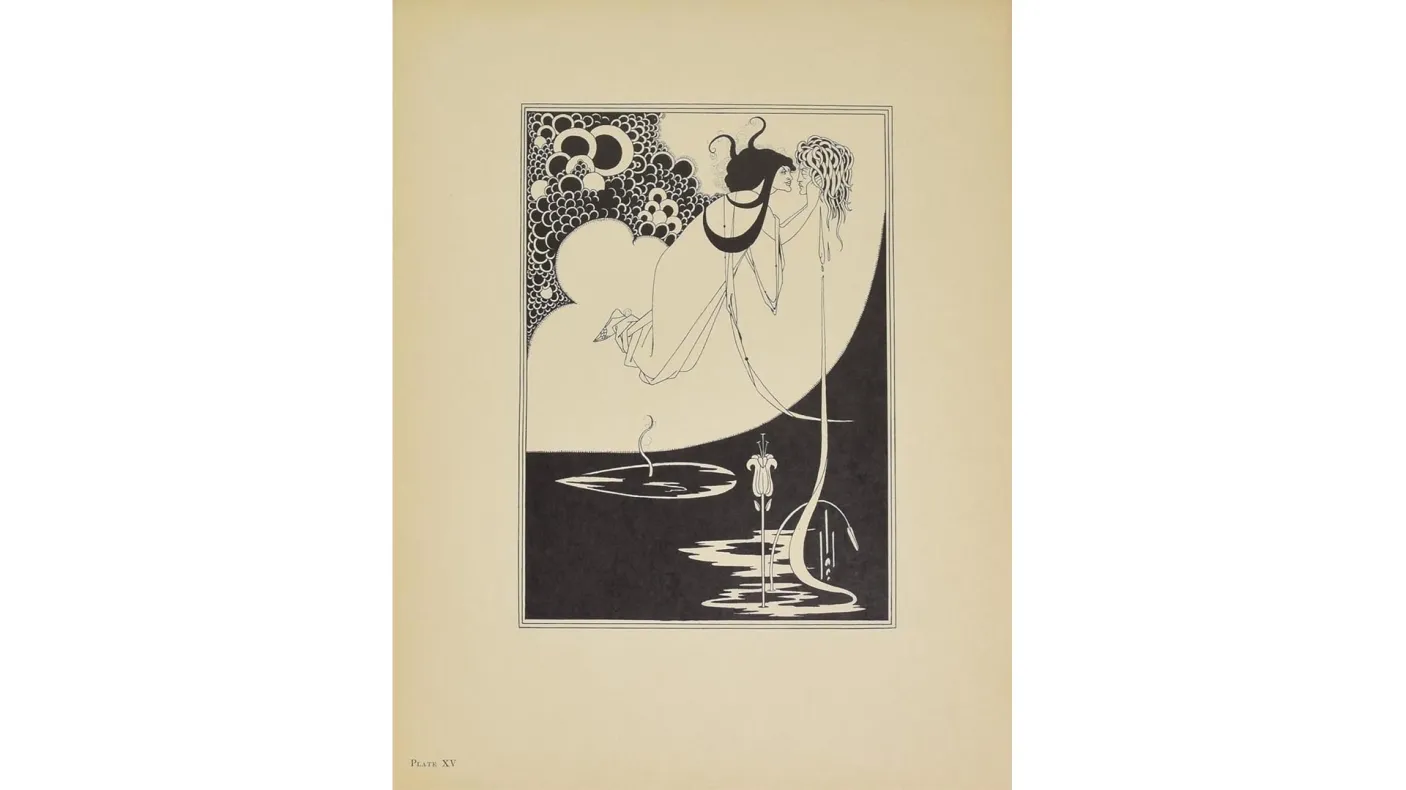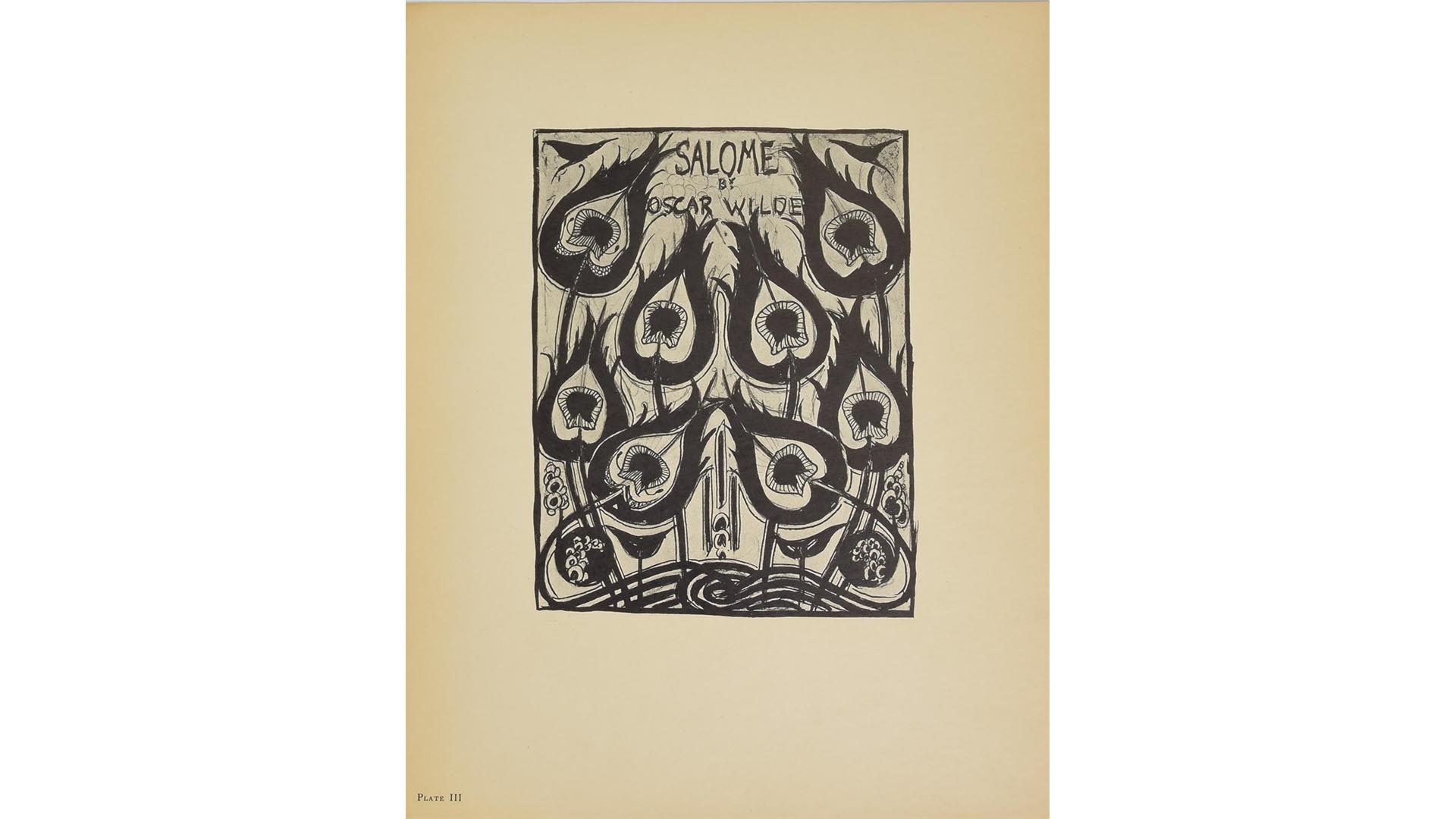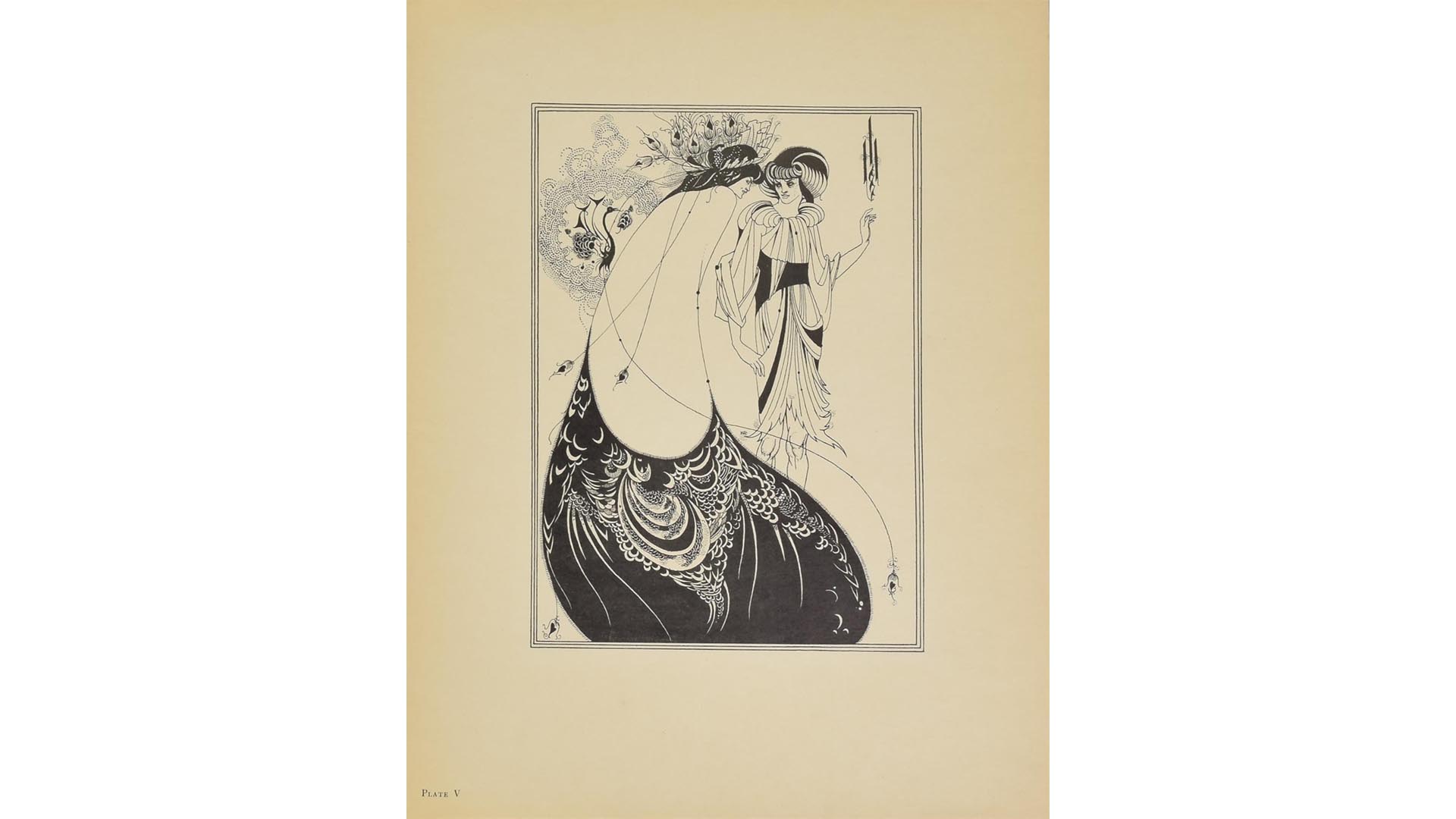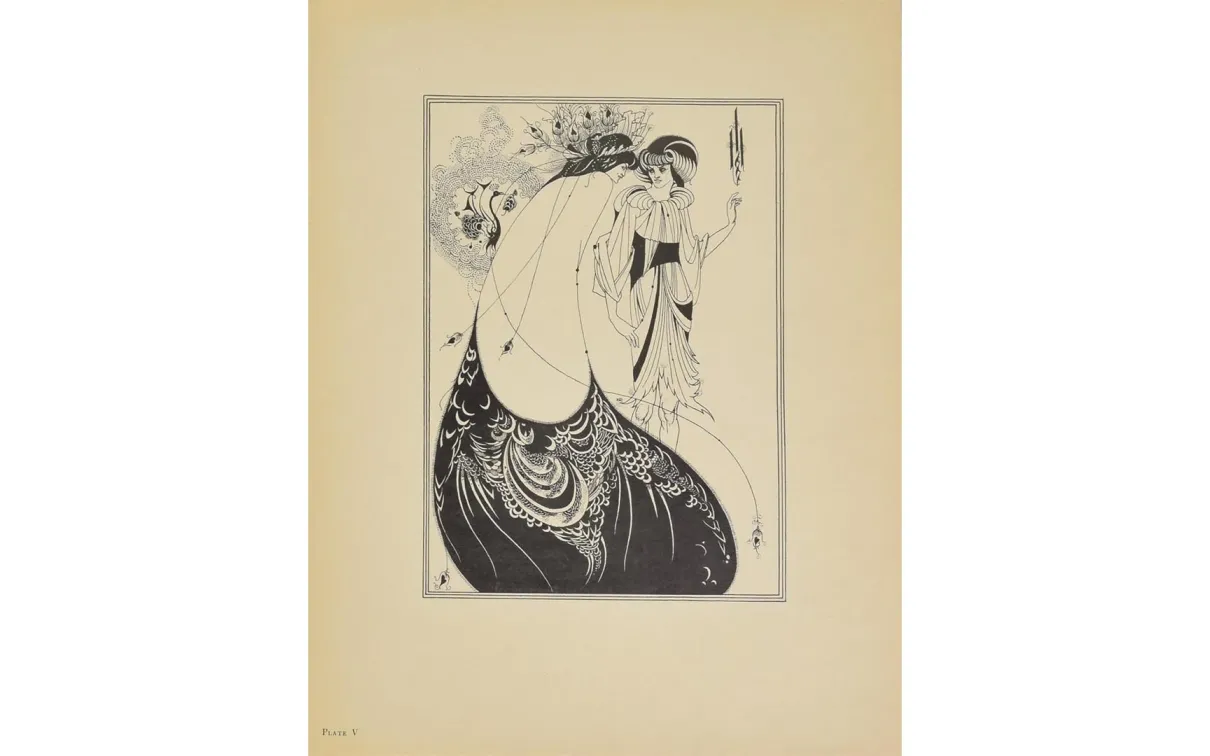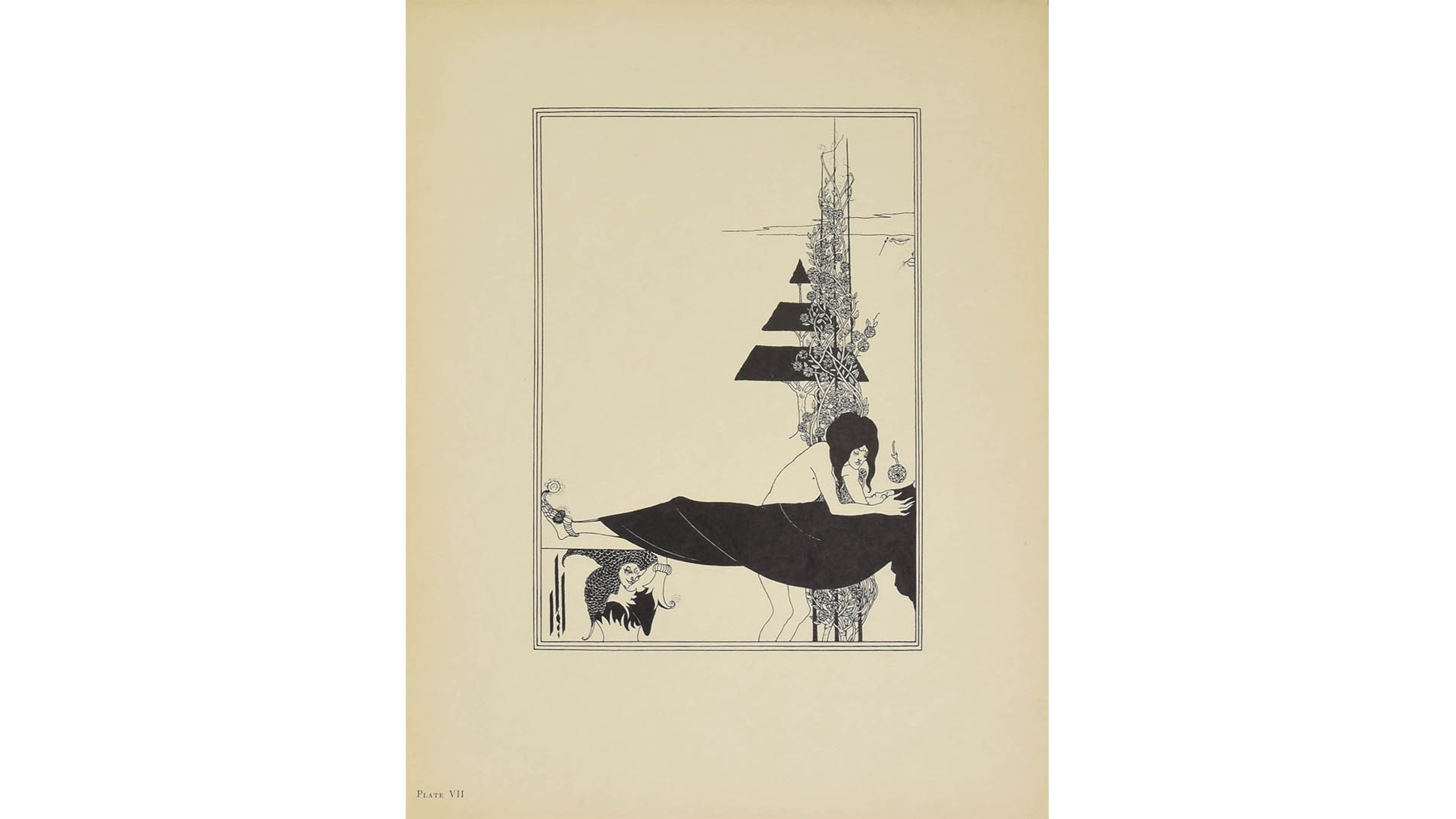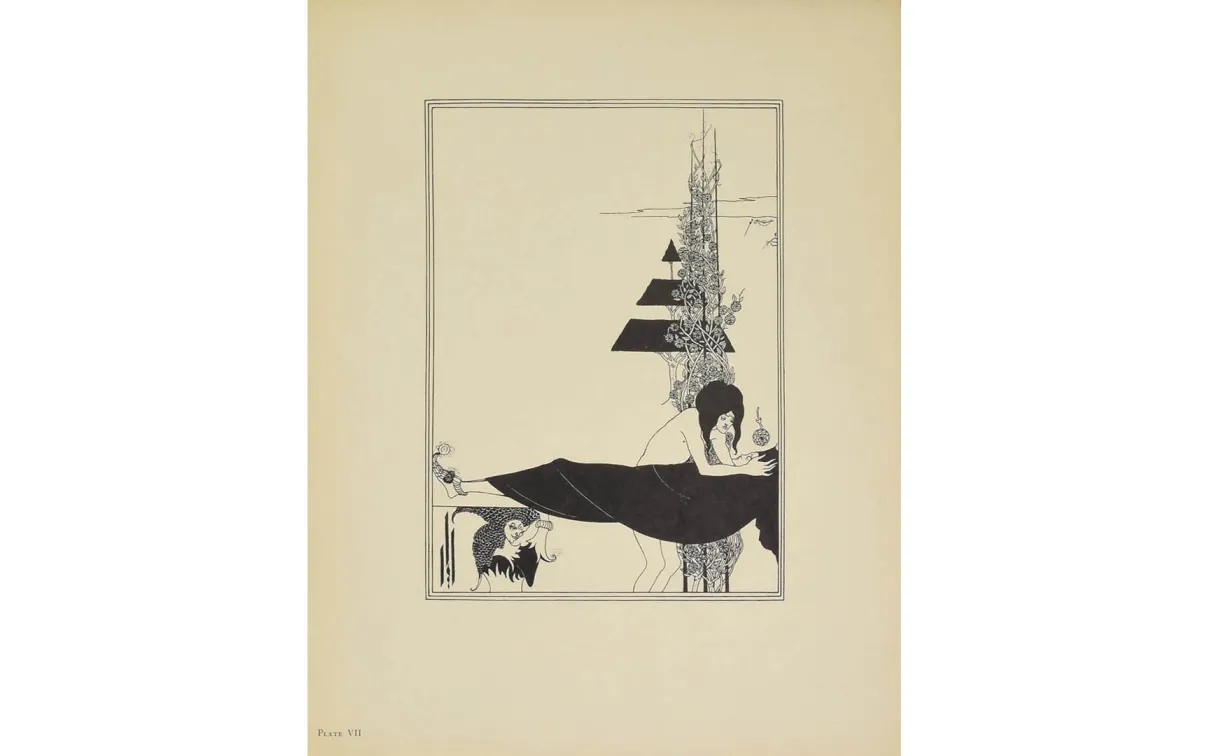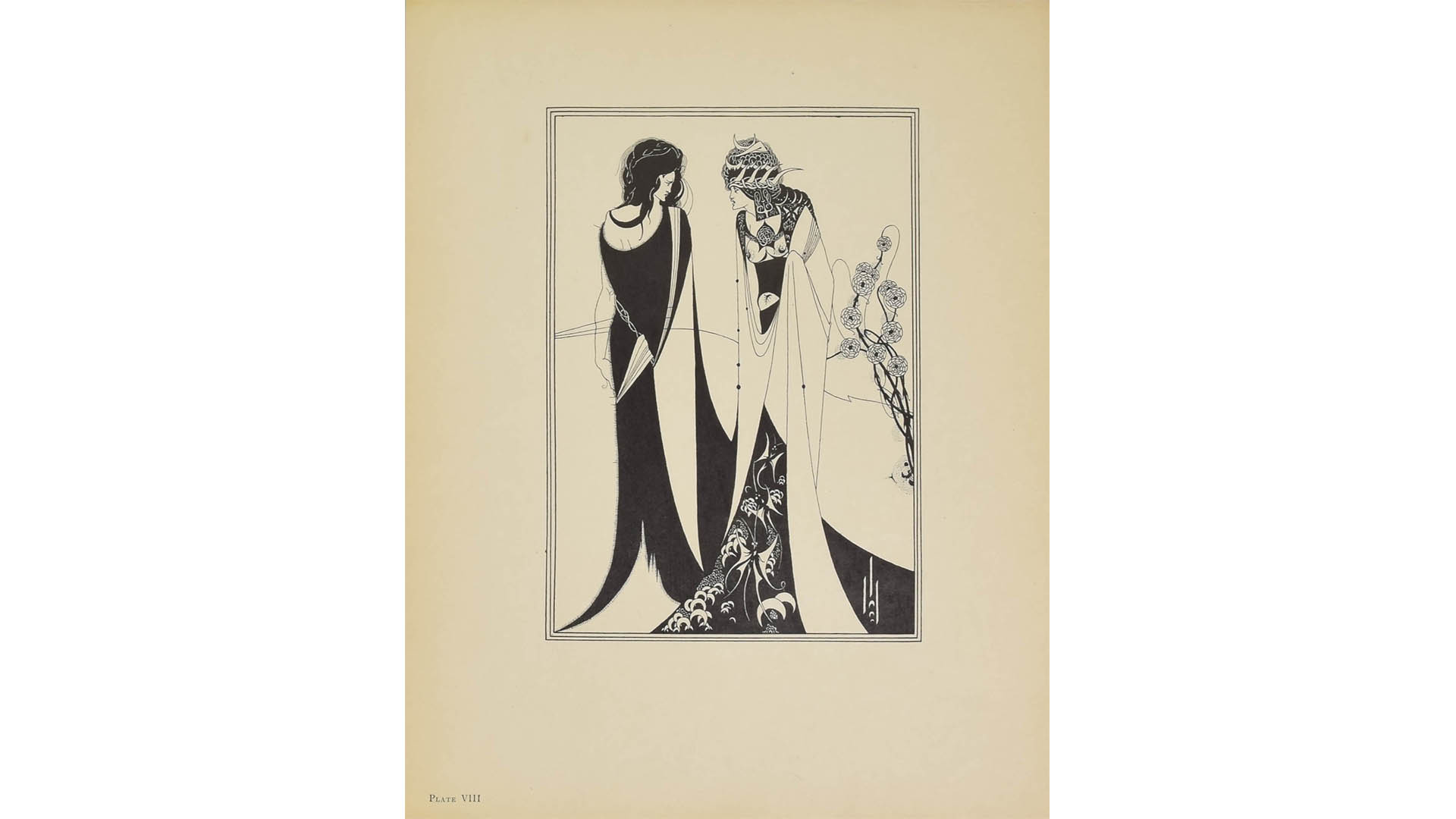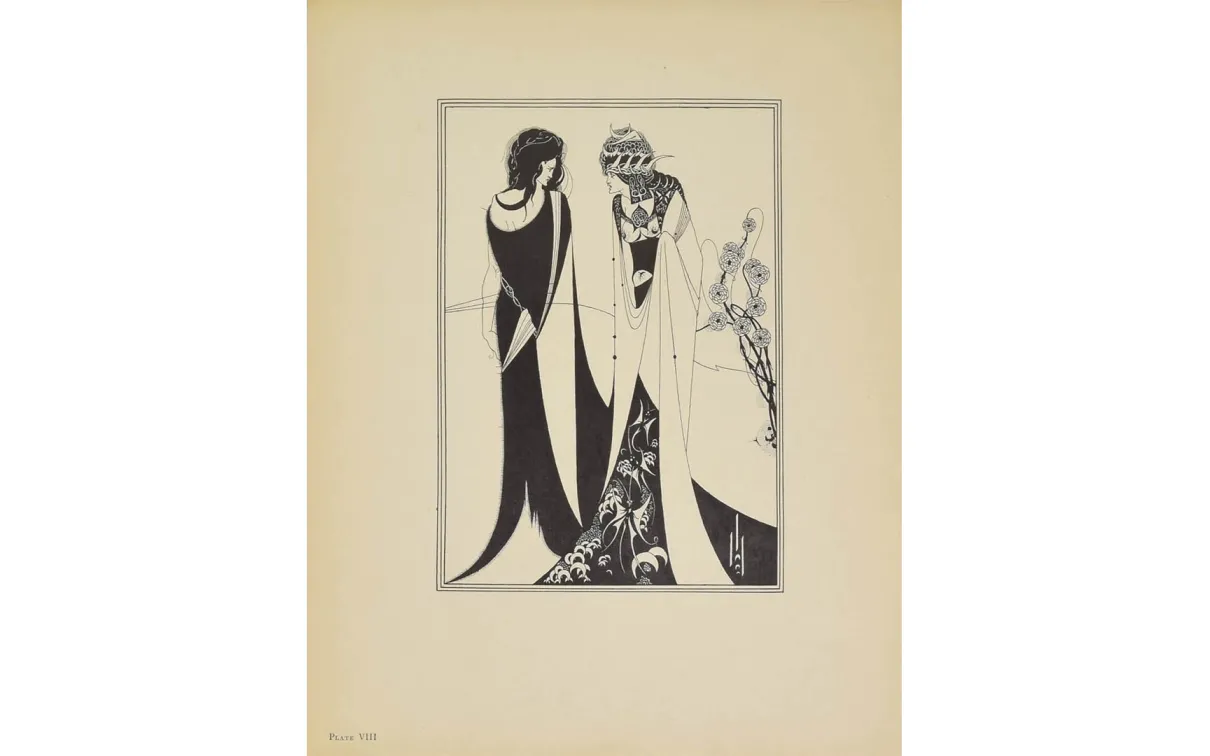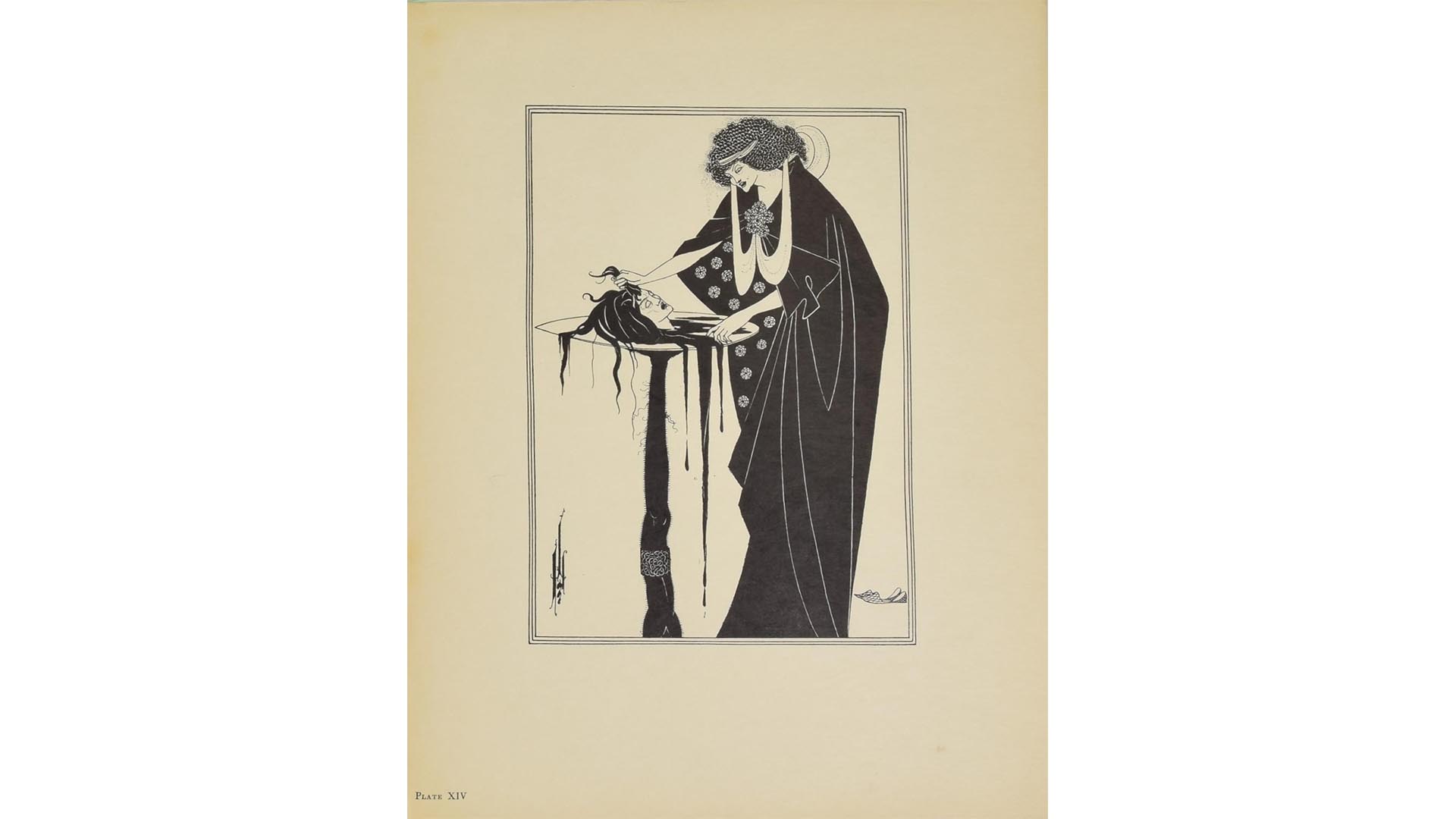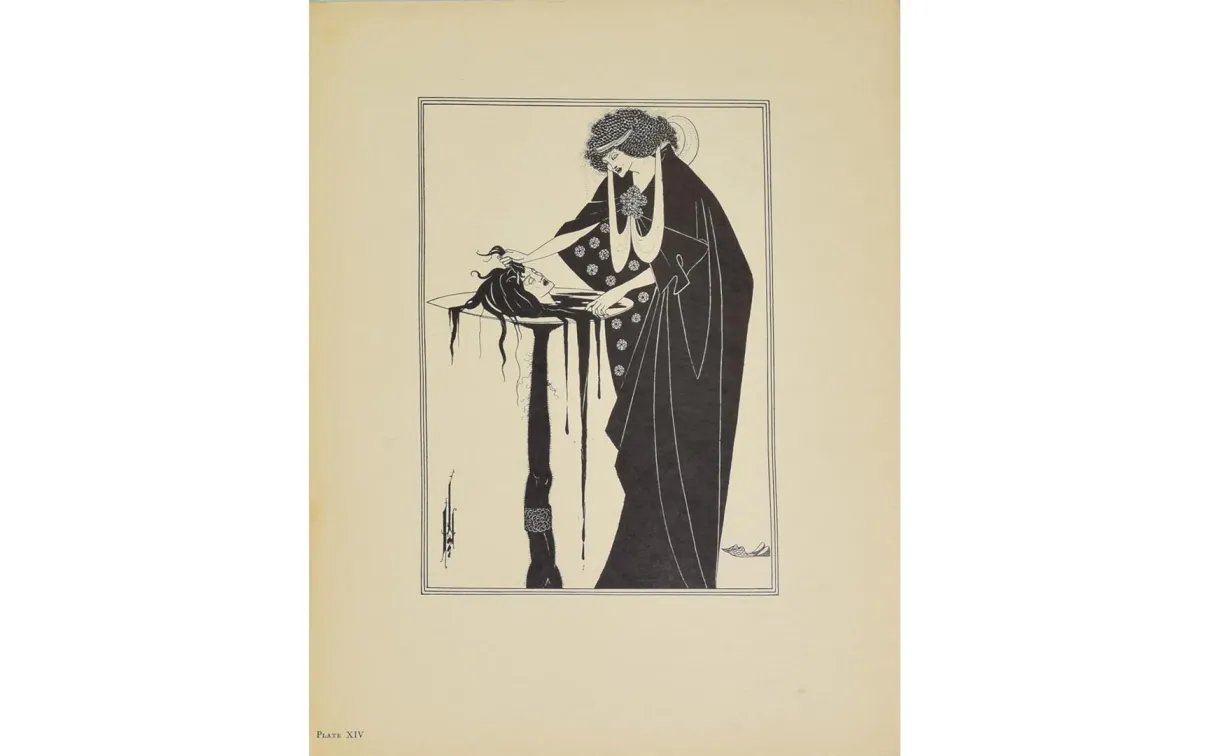The Art of Aubrey Beardsley
Published
Category
Author

Aubrey Beardsley (1872–1898)
Aubrey Beardsley (1872–1898) was born in the late 19th century—a time when society was beginning to question the rapid industrialization and capitalism that was reverberating across the world. Marked expansions were unfurling beyond the trade industry, leading to exceptional access, new artistic expression, and experimentation in the art world.
Beardsley grew up in this era, and by age 21, had achieved considerable success, prodigiously creating more than 1,000 pen and ink drawings that were published during his lifetime. New photomechanical reproduction techniques meant that his work could now be easily reproduced and widely disseminated through print, illustrated books and art magazines. This exposure amplified Beardsley’s work and fame, with his name becoming synonymous with 1890s British art, decadence, and the Aesthetic movement.
Beardsley’s 1894 illustrations
Beardsley’s 1894 illustrations for Oscar Wilde’s play Salome are the true embodiment of English fin de siècle art and are notably his most famous works. Initially influenced by the Pre-Raphaelites and other Aesthetic artists, Beardsley’s style was constantly evolving. He adopted aspects from diverse contemporaneous art movements including French symbolists and Art Nouveau, and combined them with historical sources such as Ancient Greek black-figure ware, the Early Renaissance, and French 18th-century art. Like many artists from this period, Beardsley was also fascinated and influenced by Japanese art and the aesthetics of ukiyo-e woodblock prints, Kakemono (hanging scroll paintings), shunga (erotic art) and the stylized patterns found on blue and white porcelain and lacquerware.
Nowhere can these influences be better seen
Nowhere can these influences be better seen than in the bold black and white illustrations he created for Salome. In Plate V, The Peacock Skirt, he utilizes the peacock motif heavily throughout, a decorative pattern popularized in the Peacock Room (1877) by James McNeil Whistle. The elongated, highly stylized, grotesque, androgynous figures are clothed in contemporary Aesthete costumes, while the sinuous curvilinear lines are a direct link to continental Art Nouveau.
The use of flat black pattern juxtaposed with asymmetrical compositions, with figures floating high on the picture plane in stylized backgrounds are a direct homage to the Japanese art Beardsley so admired. And he used this confluence of aesthetic modes to cultivate a distinctive graphic style—a new visual identity that truly was his own.
Gallery
What also made Beardsley’s illustrations unique
What also made Beardsley’s illustrations unique was his representation of a subversive counterculture that critiqued and satirized repressive Victorian norms, further solidifying his place in the avant-garde. Often provoking controversy that furthered his notoriety, Beardsley’s work explored the fin de siècle’s newly evolving ideas around beauty, sexuality, and gender with illustrations of the sexually empowered woman, gender fluidity and non-conformity, and diverse sexual desires and relationships. During Beardsley’s lifetime, LGBTQIA+ representation was considered transgressive, and for men such relationships were illegal due to Section 11 of the 1885 Labouchere Amendment that remained in place in England until 1967.
In 1895, just one year after Salome was published,
In 1895, just one year after Salome was published, Oscar Wilde was charged, convicted, and imprisoned for his love affair with Lord Alfred Douglas in a highly publicized court case. Due to his association with Wilde, Beardsley was dismissed from his prestigious position as art director of The Yellow Book (a leading literary periodical) after protestors stormed its offices.
At what was the height of his career, Beardsley fled to France, jobless and with little prospects for future commissions in London. Although he continued to work, he never received the same level of fame or status he once held. Just three years later, at the age of 25, Beardsley succumbed to tuberculosis—a terminal illness at that time that he contracted at the young age of seven. Completely immersed in his art, this knowledge of his approaching mortality is what many believe led to his unbridled creativity and artistic output.
Beardsley’s short but illustrious career established his name as one of the most important graphic artists of the late 19th century. His work persevered, setting new standards for graphic design, and inspiring a new generation of international artists who would go on to create the modern movement.
His illustrations continued to be reproduced internationally, with his influence reaching as far as the Americas, Russia, and Japan. Almost 70 years after his death, a seminal retrospective exhibition in 1966 by the V&A introduced Beardsley and the Victorian fin de siècle into the cultural zeitgeist of British counterculture. Beardsley’s illustrations influenced British Psychedelic Art, fashion, and design, eventually permeating into pop culture. Later, Linda Gertner Zatlin's 1966 catalogue raisonné, coupled with Stephen Calloway’s centenary exhibition of Beardsley in 1998 sparked a renewed interest in the artist. Most recently, in 2020, one the largest and most comprehensive exhibition of his works was held at the Tate Britian and Musée d’Orsay, further securing Beardsley's legacy and the significant contribution he made to the history of art and visual culture.
Jennifer Kinnaird
Jennifer Kinnaird is a Collection Specialist for the European Collections in the Department of Art & Culture.
